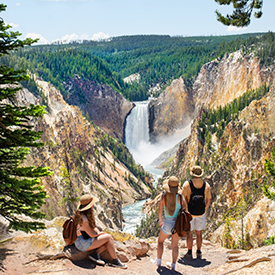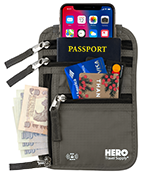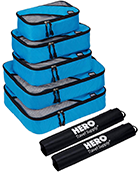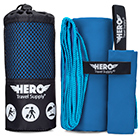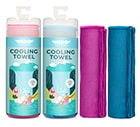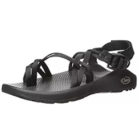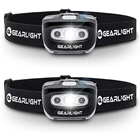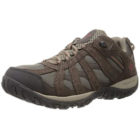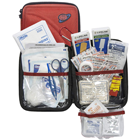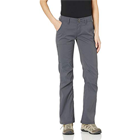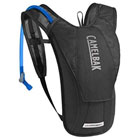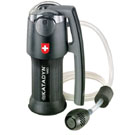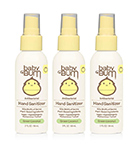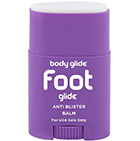The best clothes to wear in Yellowstone will depend heavily on what time of year you’re visiting and what you’re planning to do in the park. During the summer season, the temperatures usually call for warm-weather clothing during the day, especially at lower elevations. On many days in the summer, shorts and t-shirts will be the most comfortable choice. However, the weather is unpredictable (yes, it sometimes snows in July) and it’s much cooler at higher elevations, so it’s important to be prepared for anything. Even in the summer, make sure to pack some long pants, a fleece jacket or sweatshirt, and rain gear. You may want some flip-flops for wearing around your hotel or campsite, but your main shoes for Yellowstone should be sturdy, whether it’s hiking shoes for the trail or water sandals for kayaking.
During the winter, even the highs are usually below freezing, so your clothing for Yellowstone will need to be warm and windproof if you visit between November and March. A sweat-wicking base layer, a warm mid-layer, and a waterproof outer layer will keep you comfortable no matter what you’re doing in the park. For activities like cross-country skiing or snowshoeing, you’ll probably want a pair of snow pants. During this time of year, a pair of gloves, a hat, and a scarf or neck gaiter should also be part of your Yellowstone wardrobe, as should wool socks and waterproof boots.




